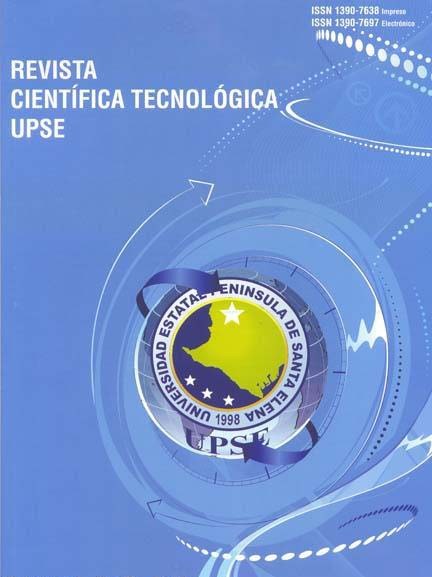Application of the Morphofunctional Diagnosis of the student population comprised in two educational institutions from 6 to 12 years of age in the Teodoro Wolf School and School N° 13 Ballenita of the Santa Elena Canton of the Province of Santa Elena
DOI:
https://doi.org/10.26423/rctu.v1i1.10Keywords:
Kineanthropometry, Kinanthropometry, anthropometric measurements, somatotypeAbstract
Numerous studies have emerged related to the Kineanthropometry since its inception as a science, with a body of doctrine itself, at the International Congress of Physical Activity in Montreal in 1976 (Chamorro, 1993).As we pointed out the International Society for the Advancement of Kinanthropometry (ISAK, 2001), anthropometric studies include a number of different computation tools for data analysis, such as somatotype, fractionation of body mass estimates proportionality or prediction of body density with various regression equations. From this standpoint, Norton etal.(2004) note that within the wide range of factors that influence athletic performance, anthropometric measurements in an athlete are variables that can play an important role in determining the potential success in certain sports. These same authors indicate the need to study the morphological profiles of the best athletes in each specialty. Hence the aim of this study is to obtain a baseline morphological profile, focusing on the somatotype and body composition of the student population of eight schools in the Province of Santa Elena, aged from 11 to 15 years
Downloads
Downloads
Published
Issue
Section
License
El titular de los derechos de autor de la obra, otorga derechos de uso a los lectores mediante la licencia Creative Commons Atribución-NoComercial-CompartirIgual 4.0 Internacional. Esto permite el acceso gratuito inmediato a la obra y permite a cualquier usuario leer, descargar, copiar, distribuir, imprimir, buscar o vincular a los textos completos de los artículos, rastrearlos para su indexación, pasarlos como datos al software o usarlos para cualquier otro propósito legal.
Cuando la obra es aprobada y aceptada para su publicación, los autores conservan los derechos de autor sin restricciones, cediendo únicamente los derechos de reproducción, distribución para su explotación en formato de papel, así como en cualquier otro soporte magnético, óptico y digital.












